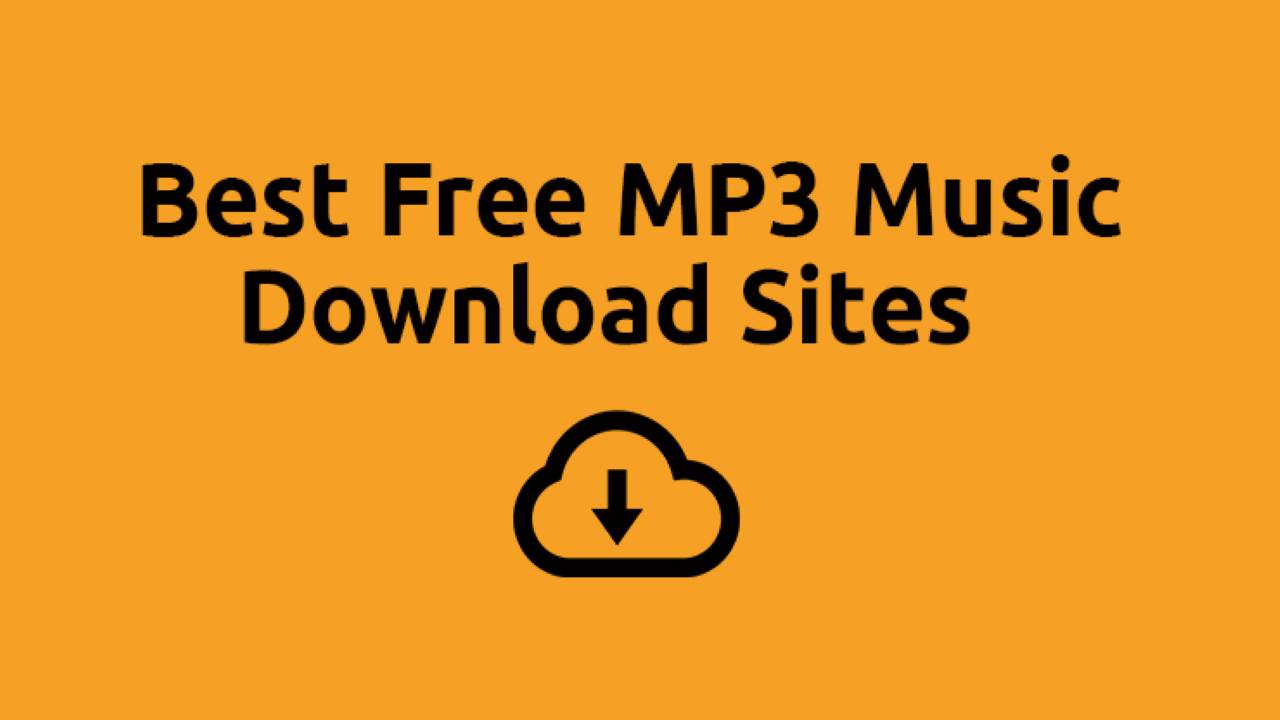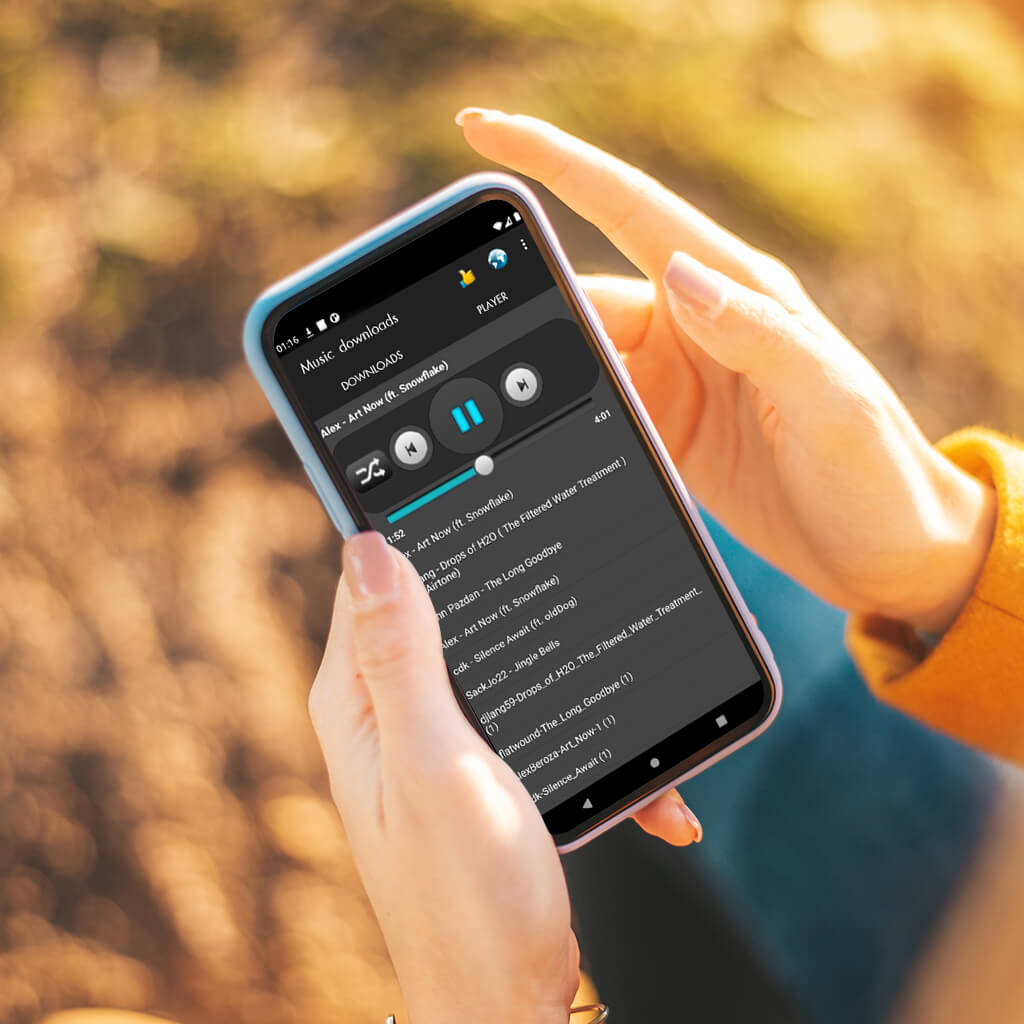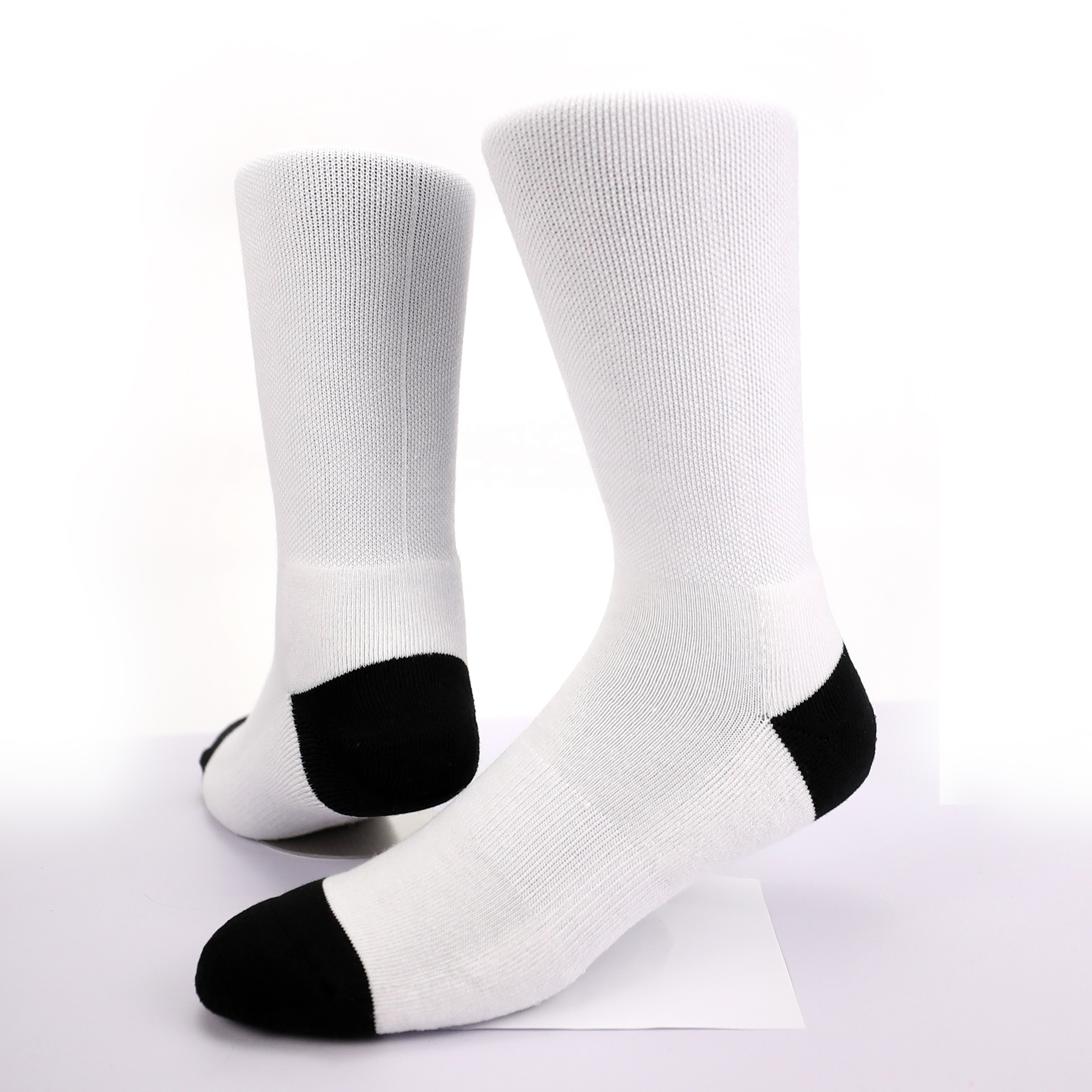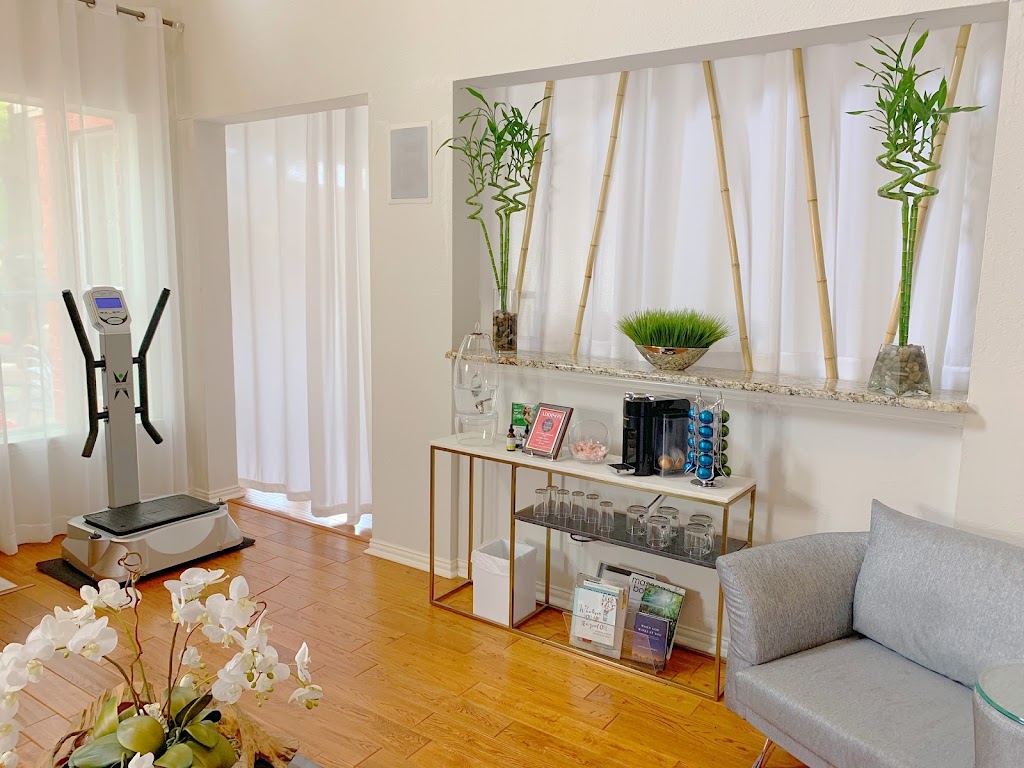Privacy notes are one of the most underused and misunderstood features of Microsoft Outlook. Privacy notes allows you to set up a personal inbox for each user on your company network. So, if you are using Outlook with multiple users, you can create different private note folders in Outlook for each user. In the current time, people are much busy in there daily work and not having time to remember everything in the proper manner. So if you are willing to choose the quality option such as a private message, then there are several things that can be chosen and controlled from them. No more requirements of connecting or choosing any other person for any task. Have these options and get the controlled things.
Here’s an example scenario – You have two employees at your company named John Smith & Jane Doe who are both using Outlook to access their emails. Each of them has their own Inbox as well. One day, John Smith opens his email and sees that he has a new message from Jane Doe. He clicks on her name to open her message. Now, John Smith knows that this is not an official email coming from the company. This is a private email from Jane Doe. But it just so happens that Jane Doe also works on the same team as John Smith. So, John Smith decides that he wants to write back to Jane Doe. But he doesn’t want to send an email which will be seen by everyone in the office. He wants to keep the conversation between him and Jane Doe private. So, what does John do? He creates a new privacy note folder and puts Jane Doe’s email inside it. Then, he saves this privacy note as a.msg file and attaches it to her email. Next time when he gets a message from her, he reads her email first. If he finds anything interesting, he can then click on the attached.msg file and read the contents of the privacy note.
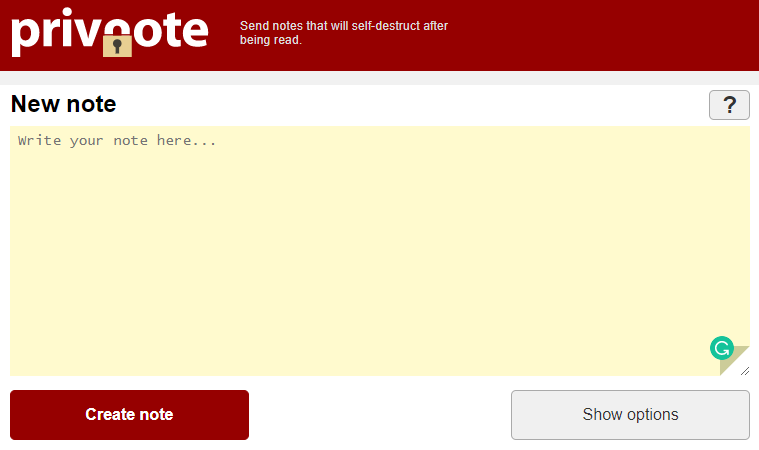
In order to use privacy notes, all you need is a couple of things –
1) An email account – It should be an individual email account or a domain-based account where only one person uses it.
2) A free web hosting service like Weebly (you can signup for free here).
3) A text editor program like Notepad++
4) Your personal Outlook profile password
5) A Microsoft Exchange server (or any other enterprise email system.)
Before proceeding further, I would like to mention that there is an option called “Read Only Mode” for privacy. Read Only mode restricts the ability of the recipient to reply to your message. So, in case they don’t want to reply, they cannot reply to your message. However, this feature is not available for.msg files.
How To Use Privacy Notes To Communicate With Private Emails
Step 1: Log into your personal email account.
Step 2: Create a new folder in your personal mail account called “Private”
Step 3: Click on the New button in the top left hand corner.
Step 4: From the list of options, select Folder.
Step 5: Give the folder some meaningful title. In our example, we’ll call it “Jane Doe”.
Step 6: Give the folder some meaningful description.
Step 7: Select the checkbox next to Keep a copy of replies here and select OK.
Step 8: Save the folder as a.msg file and attach it to the email. The privacy note needs to be saved as a.msg file because it is a binary file format.
Step 9: Open the.msg file in Notepad++ and edit the subject line to something meaningful. In our example, we edited the subject to “John Smith and Jane Doe”
Step 10: Copy the text of the privacy note and paste it into the body of the email.
Step 11: Send the email.
That’s it! The email will go directly into the “Private” folder inside your email client. And now you have created a private email address for yourself. You can easily switch between your public email account and your private email account. Just log into your private email account and click on the Private tab. When you get a reply to your message, it will automatically go into your private inbox.
What Are Some Of The Benefits Of Using Privacy Notes?
There are several benefits of using privacy notes. Here are some of the advantages of using privacy notes –
1) Privacy notes allow you to stay anonymous online.
2) Privacy notes provide security for your important messages.
3) Privacy notes allow you to communicate with people privately without anyone knowing about it.
4) You can use privacy notes to communicate with people outside of your company.
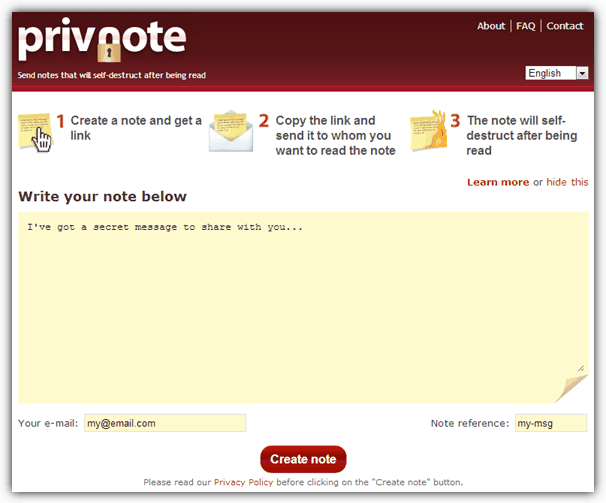
The disadvantages of using privacy notes are –
1) You can’t forward a response from your private email account to your public email account.
2) Privacy notes can’t receive attachments.
3) There is no way to search through the contents of your privacy notes.
4) You cannot send out mass replies to your privacy notes.
5) You cannot delete your private email accounts.
6) There are no built-in tools to manage your privacy notes.
7) You cannot create private notes for yourself.
8) You cannot create private notes with more than one recipient.
9) You cannot create custom privacy notes.
10) You cannot share your privacy notes with others.
11) You cannot archive your privacy notes.
12) You cannot view your archived notes from your private email account.
13) You cannot set up automatic email delivery to your privacy notes.
14) You cannot send instant messages from your private email account to other private email addresses.
So, how do you use private notes? Let’s suppose that you are sending an email to a co-worker whom you know very well but you don’t want to talk to everyone else in your organization. You could use a privacy note for this purpose. You could even save this as a private note and give it a meaningful title like “Co-Worker X and I had a nice chat.” You could include some details of the conversation and attach the private note file as an attachment to your email. This way, you could still maintain anonymity while communicating with the recipient.
